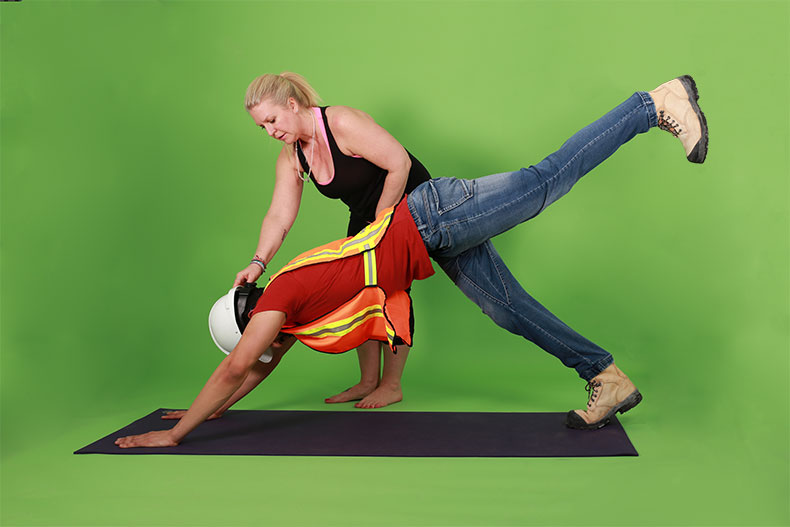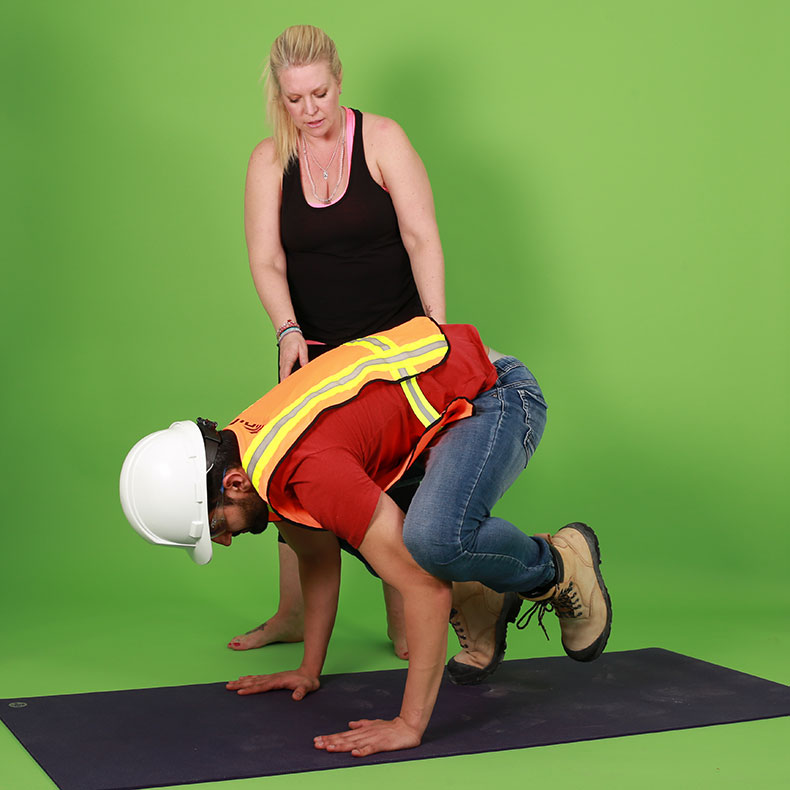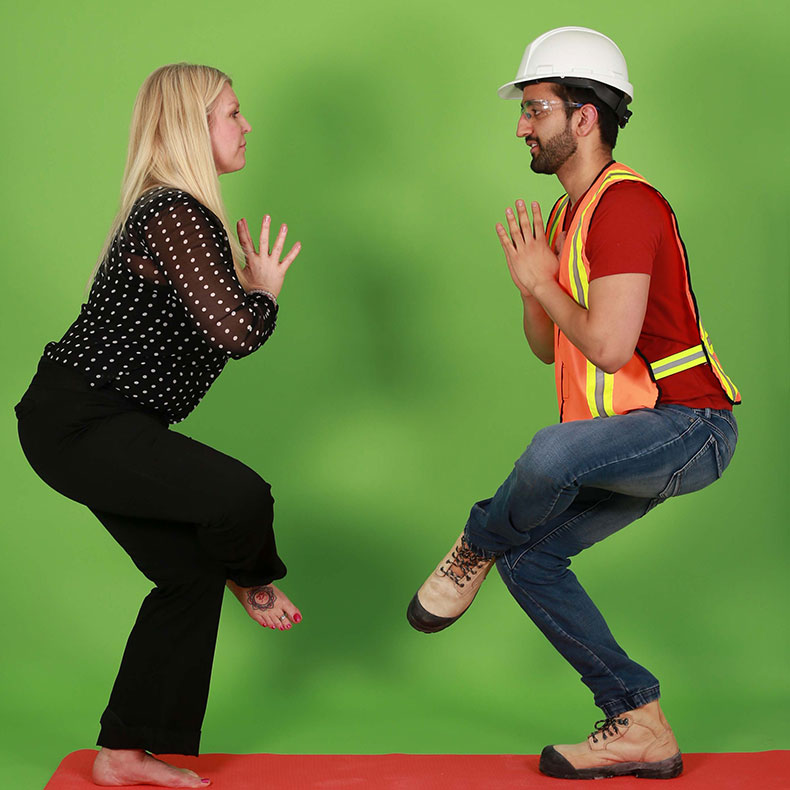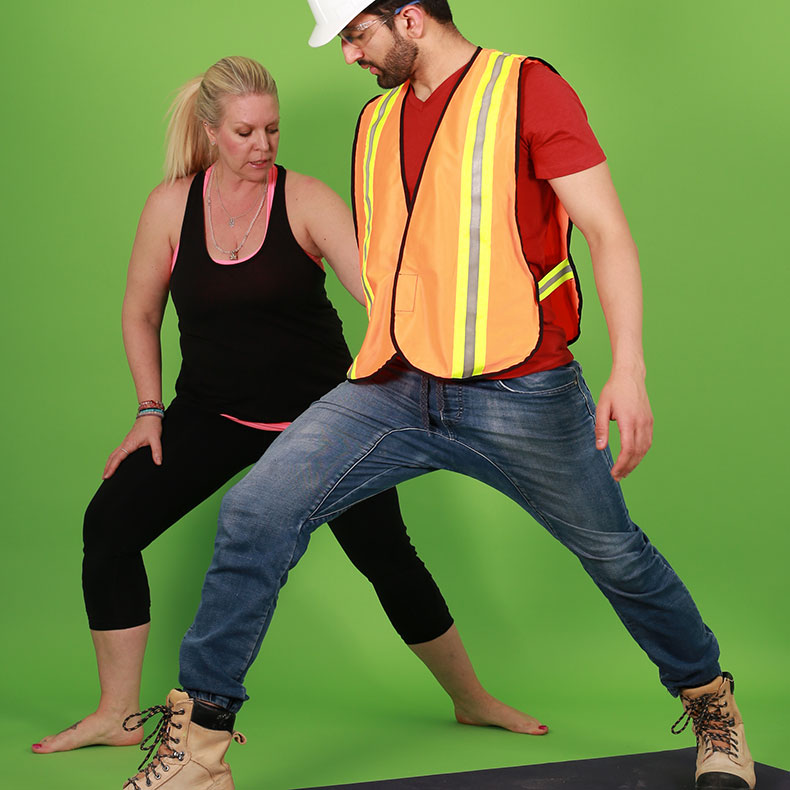Mindfulness on the Job
Taking a few minutes to eliminate distractions can make a big difference at work
by Kim Tannas

Raeleigne Van Patten is a safety professional who has been helping people and workplaces for over 20 years. Since 2014, she has been working at Millennium EMS Solutions as the senior manager of health, safety, environment and wellness. This is where she has been specifically working on helping employees become more mindful on the job. The result has been happier, healthier workers and a major shift in the company’s safety culture. “Mindfulness is being present in the moment,” explains Van Patten. “It’s truly focusing on the task at hand in a world that is so multitasked.”
– Raeleigne Van Patten, senior manager of health, safety, environment and wellness,
Millennium EMS Solutions
Millennium EMS Solutions is an environmental company with offices in Edmonton, Calgary and Grande Prairie that does everything from biophysical and air science to groundwater monitoring and spill response. It also has a safety and wellness consulting arm, which is where Van Patten comes in. Along with her duties within the organization, she provides mindfulness training on the job, teaches yoga, provides lunch-and-learn sessions, mentors supervisors and also does one-on-one coaching with employees. The program has been so successful that Van Patten and her team have been asked to start developing wellness programs for other companies.
“From a workplace perspective, mindfulness is super important because paying attention to what you’re doing helps reduce distractions and eliminates the potential for incidents to occur,” says Van Patten. It means you’re not thinking ahead to what’s going on at home or that meeting with your boss about your performance or whatever you’re doing next. It helps you to focus a little bit more on the task at hand and maybe even become aware of changes that should be made to improve situations.”
Employees who are more mindful tend be more proactive as opposed to reactive, which has important implications for a company’s safety culture, she notes. “People don’t say, ‘Today, I’m going to wake up and hurt myself.’ It’s the thing that you’re not paying attention to or the thing that you didn’t expect that gets you to a point where something occurs.”
Van Patten also teaches Mental Health First Aid, which helps people recognize the symptoms of someone who is developing a mental health problem or experiencing a mental health crisis. “What does that have to do with mindfulness?” she asks. “Learning how to help people, recognizing how to help yourself – all of these processes are part of what we do to help organizations learn how to deal with their workforce in a little bit more of a mindful way.”
So how exactly can employees achieve mindfulness on the job? “It’s within all of us to do,” says Van Patten. “It’s taking the first steps to recognize that mindfulness is truly focusing on the task at hand and then learning what distracts you from being present at that task. Once you do that, there are multiple steps that can be put into place to be more purposeful with your actions.”
A good place to start is with a simple mindfulness exercise. Take a few minutes out of your day to quiet your mind and focus on your breathing. Do some simple stretches while breathing in and out of your nose. Practise it a couple of times a day. “You’ll notice that it gives you energy and it perks you up,” says Van Patten.
“Being mindful of the task at hand, you also have the ability to pay attention to what your body’s telling you,” she adds. We spend a lot of time at our computers or in our vehicles and might experience aches and pains as a result. “That’s usually your body telling you it’s time to get up and stretch.” Applying mindfulness to the task of stretching means that you’re listening carefully to what your body is saying, and that way you’re much less likely to hurt yourself by stretching too far.
Another thing you can do to practise mindfulness is consciously switch off distractions for a designated period of time. Silence your phone, log out of your email account and focus on a single task. This can have surprising benefits. “Technology is a distraction, but think of the power you have when you turn off your phone and pay attention. You can see how quickly you can become more purposeful by something as simple as silence,” says Van Patten.
Another mindfulness exercise is one that she will speak about at the upcoming Alberta Construction Safety Association conference: the practice of gratitude. Learning to express gratitude can have a number of benefits, from improved satisfaction on the job to better resilience in dealing with difficult situations. “Developing a regular gratitude practice helps you to continually and mindfully recognize all the good you have in your life and assists you in ridding yourself of the unnecessary stress, worry and noise that is exhausting and negative.” In a world where people often feel like things are out of control, “it really makes you understand how to really, truly be more appreciative of what you have and your ability to maintain your own control,” says Van Patten.



